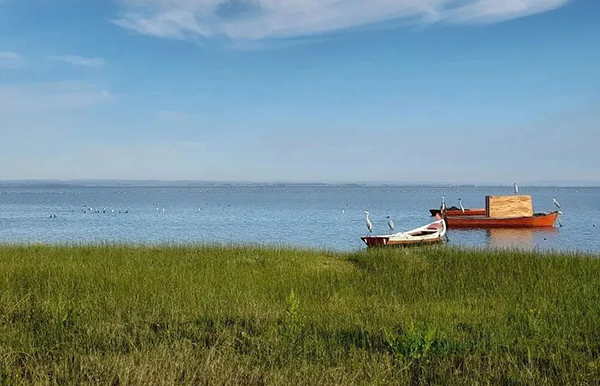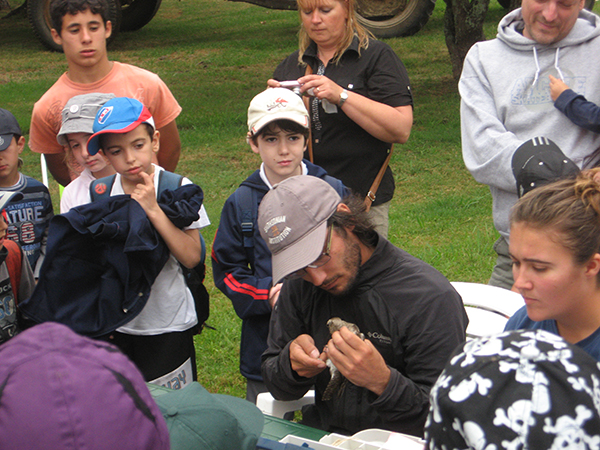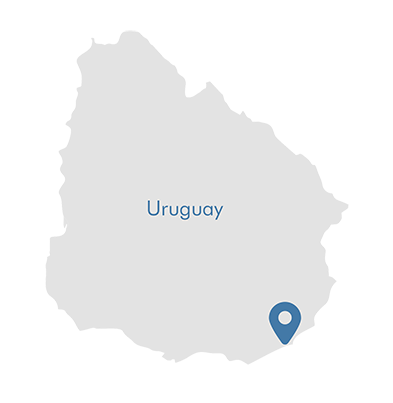URUGUAY, SOUTH AMERICA
Laguna de Rocha
Laguna de Rocha with a surface area of 72 km² is located in the South-East of Uruguay and is separated by a sandbar from the Atlantic Ocean. During the last 6.000 to 8.000 years the lagoon was formed by the rise of the sea level. Laguna de Rocha is a shallow lagoon with an average depth of 0,6 meters and a maximum depth of 1,4 meters.
What makes it special
The proximity of a shallow, brackish wetland next to the ocean, provides habitat for a huge biodiversity and fishing grounds for birdlife and man.
Protection status
· Ramsar Site 2236, Wetland of International Importance
· UNESCO Biosphere Reserve
· IUCN Category V - Protected Landscape or Seascape
· National Lake Park and Multiple Use Area (SNAP)
· Important Bird Area (IBA)
· WHSRN Site

Biodiversity
Laguna de Rocha is known for its richness of fish, crab, shrimp and molluscs, which were not only used by the fishermen on the southern shore lines. Many birds, also Black Neck Swan and the endemic Coscoroba Swan find here a rich food supply. More than 200 species of breeding and migratory birds, also threatened species such as Chilean Flaming, Olrog´s Gull and Black-and-white Monjita use the lagoon.

Threats
The main threats to the site’s ecological character include alterations of the hydrological regime caused by artificial opening of the sandbars in order to stop flooding in adjacent areas or to favour local fishing practices, eutrophication caused by upstream organic effluents, and lack of urban planning.

Our Work
The Fundación Lagunas Costeras works with the University of the Republic and relevant professionals and experts to generate valid information, which in turn allows them to work with the authorities to promote the adoption of the necessary legislation and its implementation. They place great emphasis on environmental education, working with schoolchildren and young people, as well as colleagues from other civil society organizations, to educate, raise awareness and transform. The ultimate goal is to establish the concept that development should be linked to environmental protection as a guiding principle.
Fundación Lagunas Costeras
www.lagunascosteras.org.uy
info@lagunascosteras.org.uy



